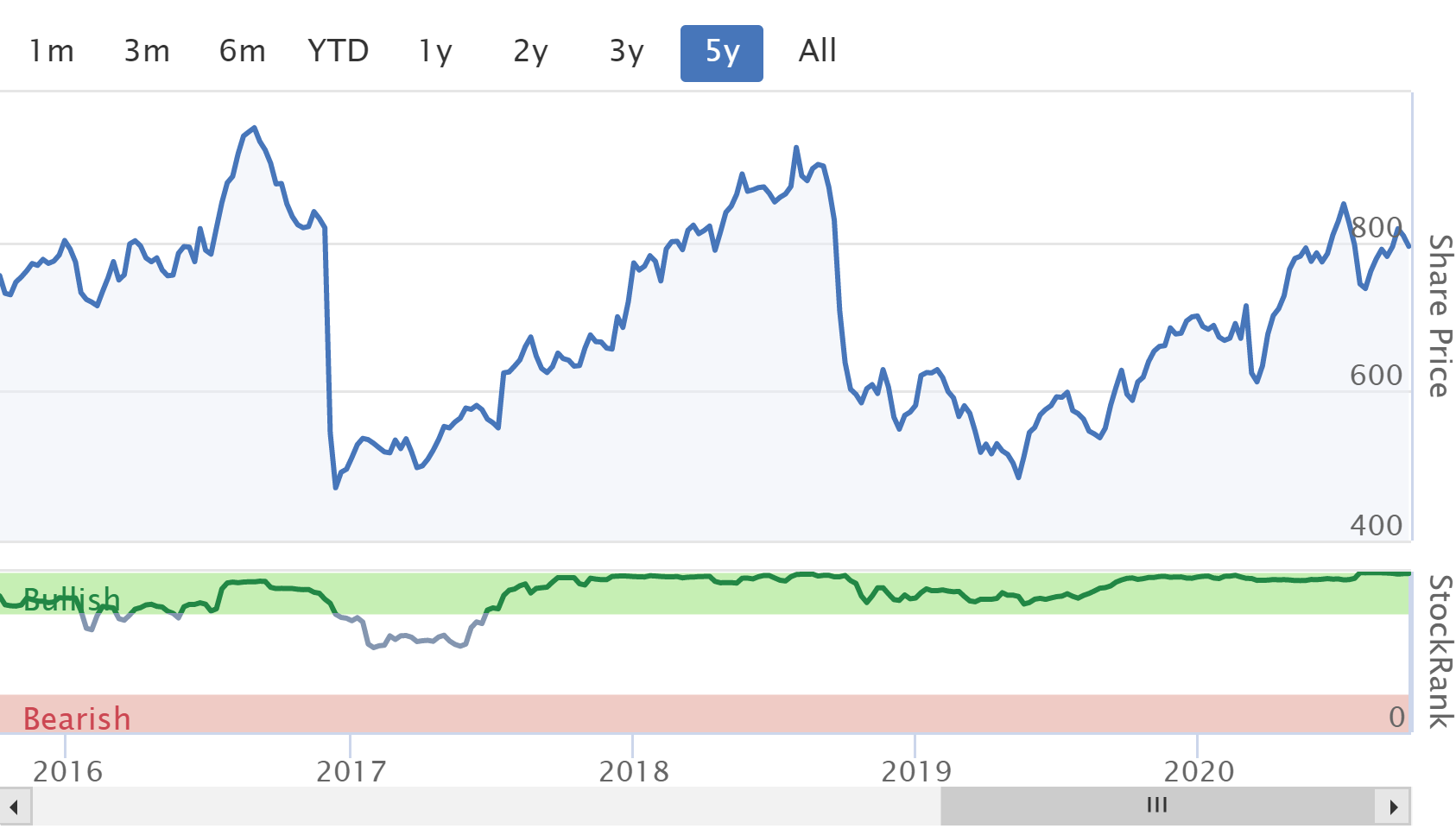In just over a decade since the financial crisis, growth strategies have proved to be some of the best ways of profiting from the stock market. But this year, economic strife has put ‘growth’ under huge strain. Investors no longer enjoy a plentiful supply of shares offering fast-paced earnings - but they can still be found if you know where to look.
Back in 1937, a man named Thomas Rowe Price Jr opened a small investment business in Baltimore, USA. His timing was hardly brilliant, given that the Great Depression was only just ebbing away and the Second World War beckoned. Even so, T. Rowe Price went on to thrive and today it’s one of the biggest asset managers in the world, with over $1 trillion under management.
What set Rowe Price apart was an investment approach that focused on growth. Unlike the highly speculative strategies that had caused mayhem in the Wall Street crash of 1929, he was mindful of the business cycle. In fact, he ditched the conventional wisdom that all stocks were cyclical. Instead, he believed that most companies passed through a life-cycle of growth through to maturity and then decline. So he advised looking for “fertile fields for growth” and then holding those stocks for a long time.
In detail, his strategy had both qualitative and quantitative rules. He liked to see aggressive, efficient management and well-paid employees. And he also liked innovation, with firms that were making new products for new markets or doing something different in a mature market. It was there that he saw the potential for high profits.
In terms of financial measures, Rowe Price set out a number of rules that you see in many growth strategies today. He wanted strong and improving earnings, positive cashflow, a solid return on invested capital and high margins. But crucially, he didn’t want to over-pay. His was a ‘growth at a reasonable price’ strategy and so the price/earnings ratios of his stocks needed to be restrained.
Rowe Price passed away in 1983 but by then he’d earned a reputation as the “father of growth investing”.
A strategy for the modern day?
A major problem for growth strategies this year is that there just aren’t very many stocks that qualify for them. On one hand, earnings forecasts have been pared back right across the market, and that naturally…









